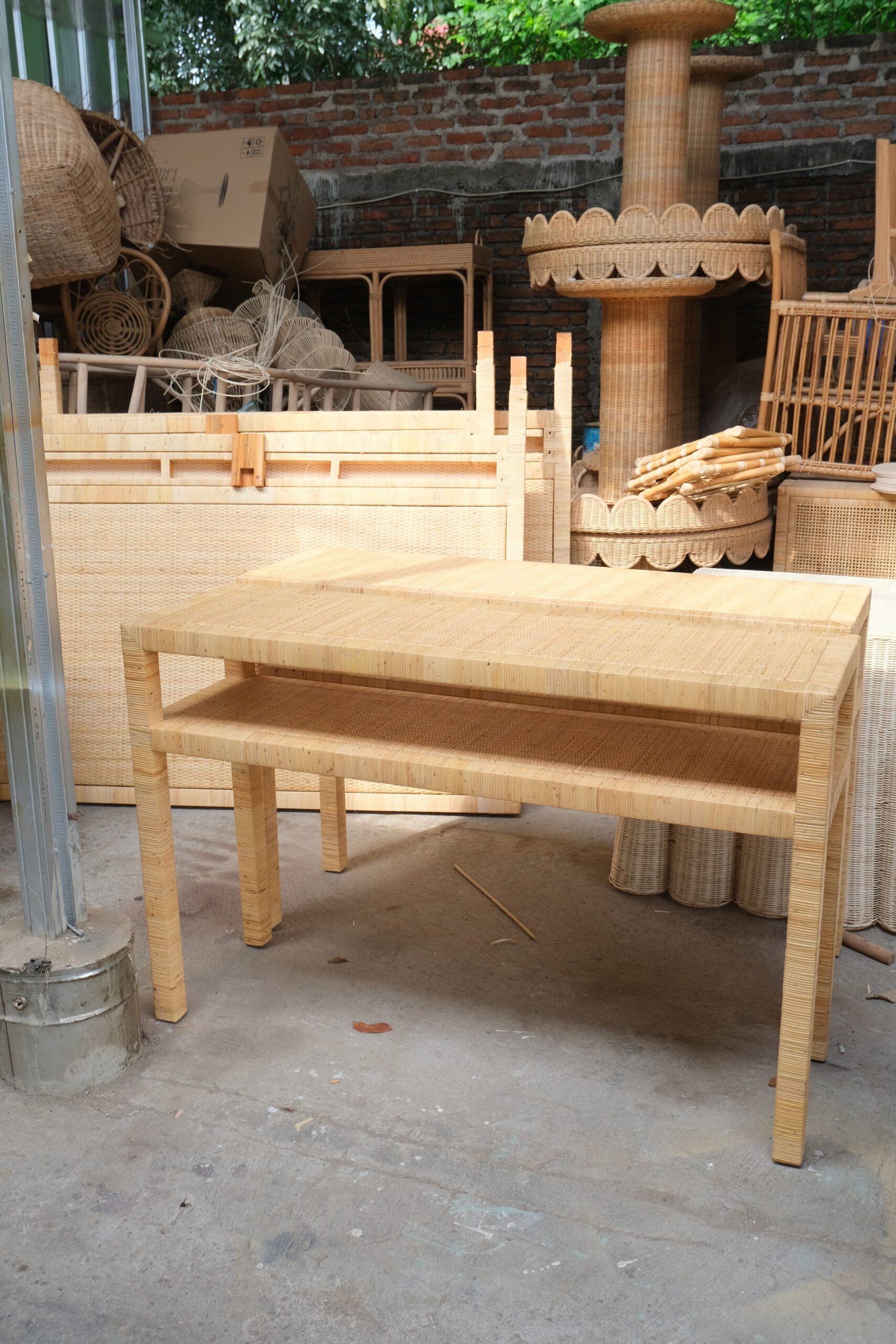Rattan furniture has long been associated with traditional craftsmanship and artisanal skills. However, as the global market evolves, rattan furniture manufacturers face increasing challenges in terms of efficiency, scalability, and customer expectations. Digital transformation offers a powerful solution, helping manufacturers modernize operations while preserving their rich heritage.
1. Meeting Growing Global Demand
The popularity of rattan furniture continues to rise worldwide. International buyers expect:
- Consistent quality
- On-time delivery
- Transparent production tracking
Digital systems like ERP (Enterprise Resource Planning) and inventory management tools help manufacturers scale their operations to meet higher order volumes without sacrificing quality.
2. Enhancing Production Efficiency
Traditional production methods, while artistic, can sometimes be slow and prone to errors. With digital transformation, manufacturers can:
- Automate routine processes
- Use CAD (Computer-Aided Design) for product prototyping
- Implement precision-cutting tools for frames
This results in faster production times, lower costs, and more consistent output.
3. Improving Quality Control
Quality is critical for maintaining a strong reputation in the rattan industry. Digital technologies can assist by:
- Introducing moisture and temperature sensors to monitor material conditions
- Tracking defects in real time
- Maintaining digital records for traceability
This allows for quick interventions and long-term improvements in quality.
4. Strengthening Customer Engagement
Modern buyers increasingly expect digital communication channels, such as:
- Online catalogs
- Virtual showrooms
- Real-time order tracking
Embracing these digital tools can enhance customer experience, build trust, and expand global market reach for rattan furniture manufacturers.
5. Supporting Sustainability Goals
Digital transformation supports sustainability by:
- Optimizing material use
- Reducing waste
- Enabling transparent supply chains
This aligns with growing consumer demand for eco-friendly and ethically sourced furniture.
6. Preserving Traditional Craftsmanship
A key fear of digitalization is losing heritage. But in reality, technology can complement rather than replace artisans by:
- Automating repetitive, non-creative tasks
- Allowing craftsmen to focus on intricate weaving
- Documenting traditional techniques digitally for future generations
This synergy ensures that traditional artistry continues to thrive alongside innovation.
Conclusion
Digital transformation is no longer optional for rattan furniture manufacturers who wish to compete in the global marketplace. By blending technology with traditional skills, manufacturers can boost efficiency, maintain high quality, and meet evolving customer needs — all while preserving the cultural soul of rattan craftsmanship.





